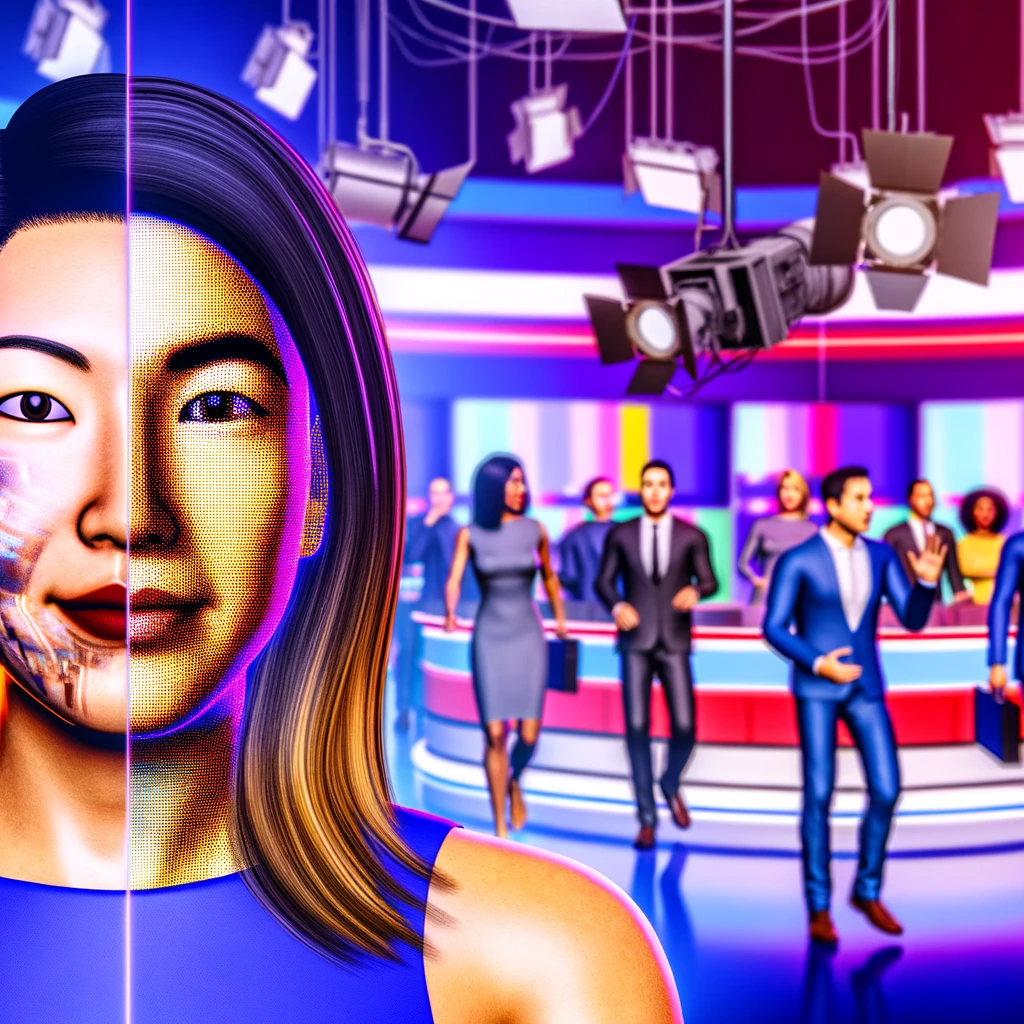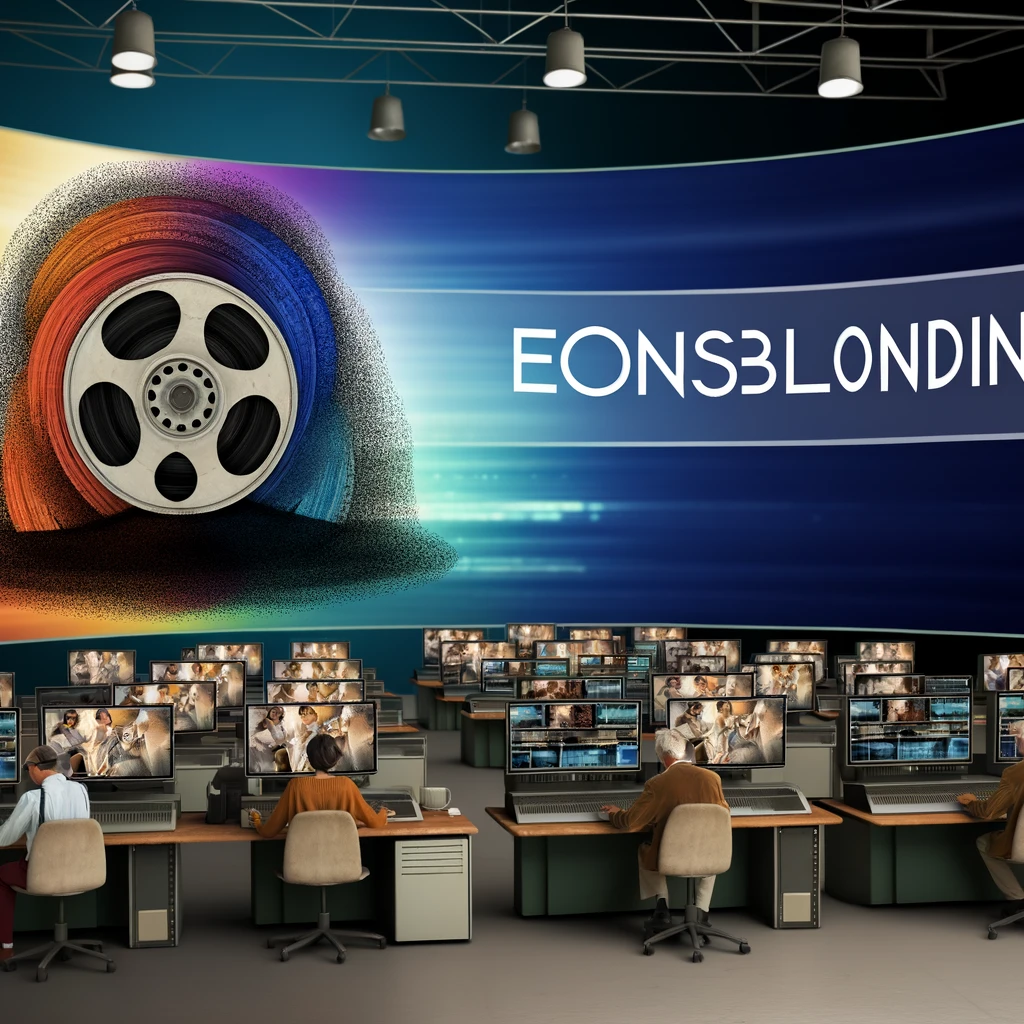
The Rise of Deepfake Technology
Deepfake technology, a blend of 'deep learning' and 'fake', is revolutionizing the way media content is created and consumed. Using artificial intelligence, deepfakes manipulate audio and visual content to create highly realistic but entirely fabricated images and videos. This technology has seen rapid advancements, leading to its widespread use in various sectors, including entertainment, advertising, and even politics.
Understanding the Ethical Concerns
The ethical implications of deepfake technology are significant and multifaceted. At the core, these concerns revolve around the potential misuse of deepfakes to spread misinformation, manipulate public opinion, and undermine trust in media. The ability to create convincing but false media content raises questions about authenticity, consent, and the potential for harm.
Misinformation and Trust
One of the most pressing ethical issues is the potential for deepfakes to spread misinformation. In an era where information is readily accessible and rapidly disseminated, deepfakes can be used to create fake news, leading to misinformation campaigns that can influence elections, incite violence, or damage reputations. This poses a significant threat to the integrity of information and the trust consumers place in media.
Consent and Privacy
Another critical ethical concern is the issue of consent and privacy. Deepfake technology can be used to create non-consensual pornography, where individuals' likenesses are digitally imposed onto explicit content without their permission. This violation of privacy and consent is a grave concern, highlighting the need for stringent regulations and protective measures.
The Role of Media and Technology Companies
Media and technology companies have a responsibility to address the ethical implications of deepfake technology. This includes developing tools and strategies to detect and mitigate the impact of deepfakes. Companies like Facebook and Google are investing in AI technology to identify and flag deepfake content. However, the effectiveness of these measures is still being evaluated.
Regulatory and Legal Frameworks
There is also a growing call for regulatory and legal frameworks to address the challenges posed by deepfakes. Governments and international bodies are exploring legislation to combat the harmful use of deepfake technology. These regulations aim to balance the protection of free expression with the need to prevent misuse and protect individuals' rights.
Consumer Responsibility and Media Literacy
While technology companies and governments play a vital role, consumers also have a responsibility in the ethical landscape of deepfakes. Media literacy is crucial in helping individuals critically evaluate the content they consume. Educating the public on how to recognize deepfakes and question the authenticity of media is essential in mitigating the influence of fake content.
Conclusion
The ethical implications of deepfake technology in media are profound and complex. As this technology continues to evolve, it is critical for all stakeholders, including technology developers, media organizations, regulators, and consumers, to engage in dialogue and action to address these challenges. By fostering a culture of transparency, accountability, and education, it is possible to harness the benefits of deepfake technology while minimizing its potential harms.
Related Articles





